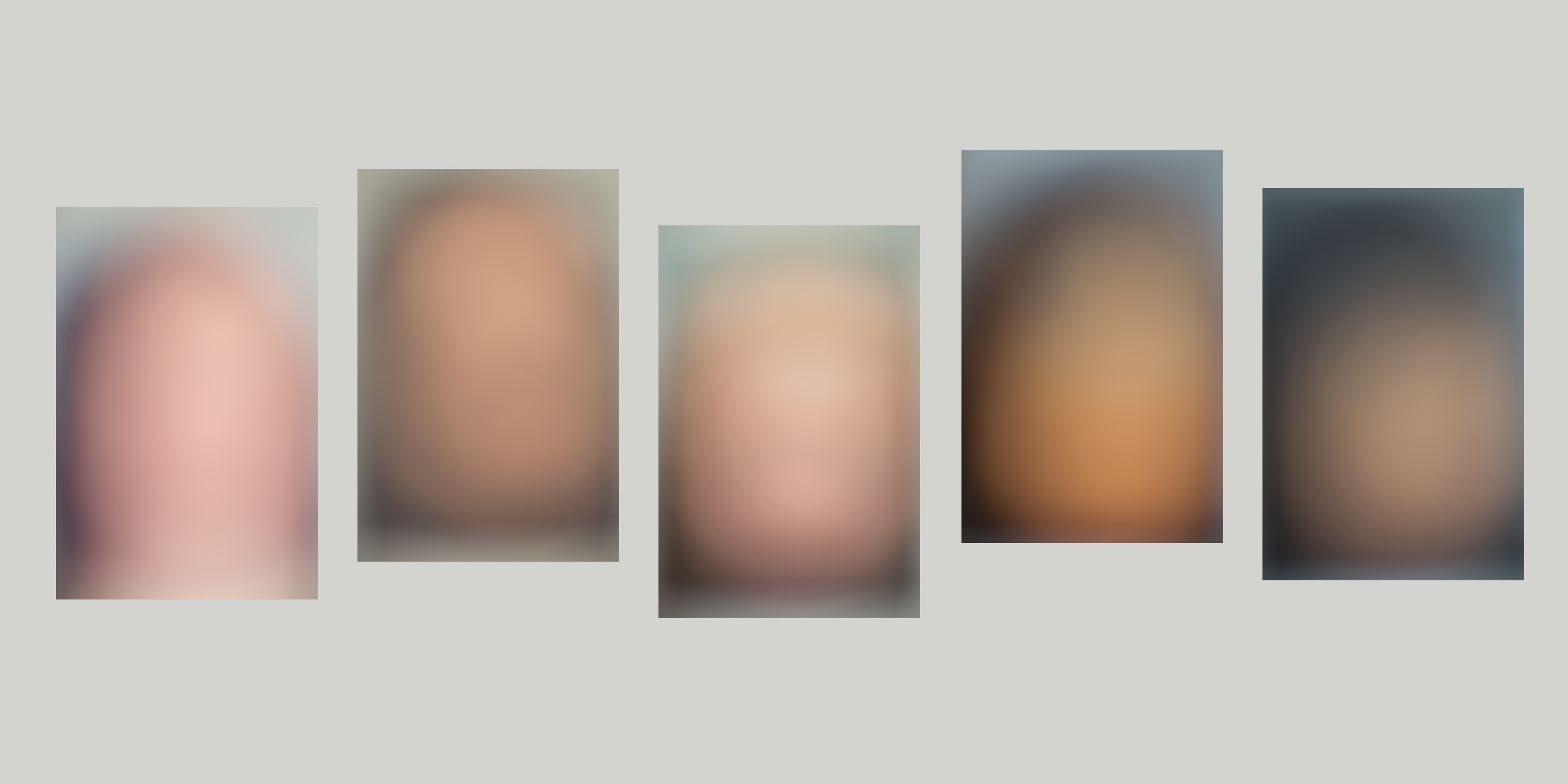Namesake


About This Project
The Namesake series is a selection of twenty-five "photographs of photographs", made from the mugshots of predominantly Black and Latino women named Qiana. These women, including myself, were named after a synthetic polymer nylon manufactured in the 1960s by the global chemical company DuPont™.
Founded in 1802, DuPont™ began as a manufacturer of gunpowder. During the American Civil War (1861-1865) DuPont supplied half the gunpowder used by the Union Army. Due to political tensions with Japan in the 1930s, the United States could no longer procure silk, a strong natural fiber coveted for its domestic, industrial and commercial purposes. In the search for an alternative to silk, DuPont™ invented nylon in 1935.
First used in toothbrushes, nylon made its more fashionable debut at the 1939 World's Fair as women's stockings. Introduced in 1968, the Qiana® nylon was a cheaper alternative to silk yet just as luxurious and required no ironing. The fabric was used to manufacture clothing and accessories popular in the disco era, like "butterfly collar" shirts for men and the infamous Diane Von Furstenberg wrap dress.
The name Qiana was created by "a computerized combination of random letters" and reached its height as a popular baby girl name in 1978. Qiana continues to be a common name given to African-American girls (sometimes spelled Kiana) and research has been done on this modern practice of unique naming conventions within North America's black communities.
In his 1986 essay, "The Body and the Archive", historian, critic and photographer Allan Sekula parallels the emergence of photography with the development of police acts and technologies of surveillance.
Sekula’s essay led me to question the cooincidence of this online archive of presumed criminals who were my namesake, discovered one night through a Google Image search. Performing that search multiple times, I gathered over fifty mugshots of women named Qiana sprinkled amidst a sea of vapid selfies.
The images in the Namesake series were created by (re)photographing web-resolution mugshots sourced online. The results are abstracted and nebulous images with “bruisy” colors that metaphorically reference violence, like the black and blue marks that appear on a body after it’s experienced physical trauma.
These blurry photographs invalidate the original mugshots, depriving the criminal archive of its insidious, systematic intention. The Namesake series calls attention to symbiotic acts of violence that affect the identity of this peer group including racial profiling, mass incarceration, violation of privacy (online), corporate influence and consumerism.
What you see here is a selection of the images in this series, please contact me to inquire about viewing more.